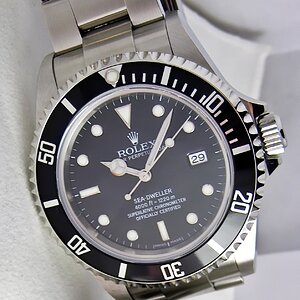TrinityImages
TPF Noob!
- Joined
- Mar 5, 2017
- Messages
- 4
- Reaction score
- 0
- Location
- North Carolina
- Can others edit my Photos
- Photos NOT OK to edit
I've been taking pictures since I was 11, but did not buy a real "big boy" camera until a few years ago and have quickly outgrown its limitations. It's a Sony CyberShot with very limited aperture settings and no option to swap lenses, so now I am looking at a Canon EOS Rebel T5 DSLR with 18mm - 55mm and 75 - 300 mm lenses. I have not been able to find much information on the camera's shutter speed and aperture and ISO ranges. Also, will the LCD and view finder give a good representation of what the final photo will capture? (My guess is yes, but I'm a green stick on this).
I also have a question about converting focal length to optical zoom. Most simple explanations say to divide the smaller number into the higher number, giving me a 4x on the 75 - 300 lens and a site showing a photo taken at varying focal lengths bears that out, but my question is let's say I'm taking a picture of a subject that is 300 yards away using a 300 mm focal length. How close would it appear (such as if looking at it with 7x binoculars, with look appear to be about 43 feet away). The best explanation I have heard there is using 35 as a standard and multiplying it y the camera's built in magnifier (usually 1.5(?), giving me about 12.8x. Would that be accurate. I'm a bit green on most things beyond aperture, ISO and shutter speed.
Am I making sense? It's been a long day.
I also have a question about converting focal length to optical zoom. Most simple explanations say to divide the smaller number into the higher number, giving me a 4x on the 75 - 300 lens and a site showing a photo taken at varying focal lengths bears that out, but my question is let's say I'm taking a picture of a subject that is 300 yards away using a 300 mm focal length. How close would it appear (such as if looking at it with 7x binoculars, with look appear to be about 43 feet away). The best explanation I have heard there is using 35 as a standard and multiplying it y the camera's built in magnifier (usually 1.5(?), giving me about 12.8x. Would that be accurate. I'm a bit green on most things beyond aperture, ISO and shutter speed.
Am I making sense? It's been a long day.



![[No title]](/data/xfmg/thumbnail/37/37607-69784b19e25bd0ba68e92ff4cfdfa8ff.jpg?1619738148)
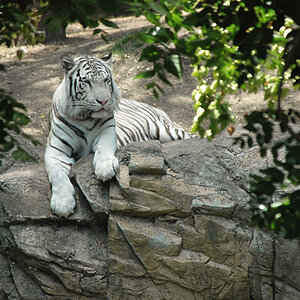
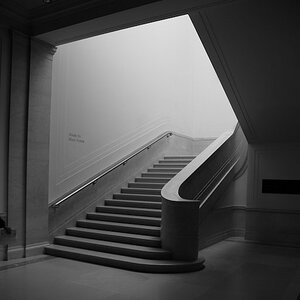
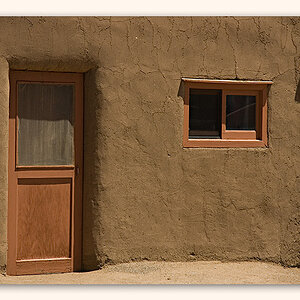
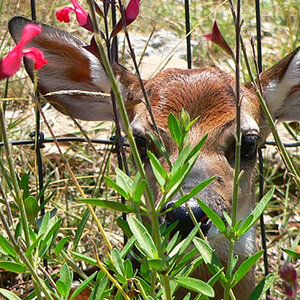
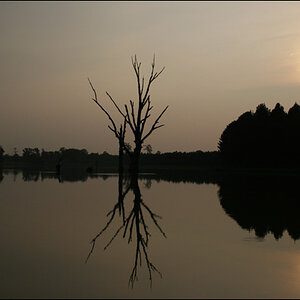
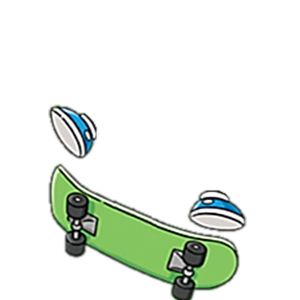
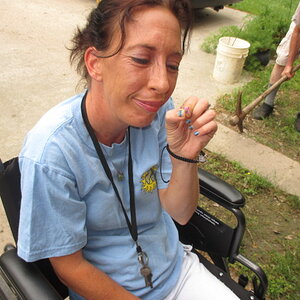
![[No title]](/data/xfmg/thumbnail/42/42034-6262420ff3ea238f05395bbcc7ae1f28.jpg?1619739985)
